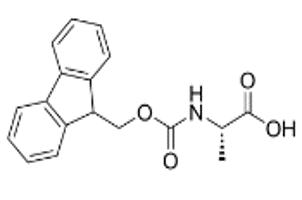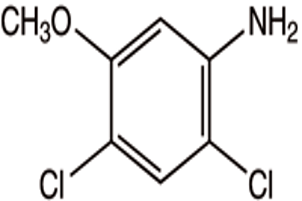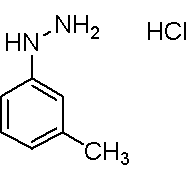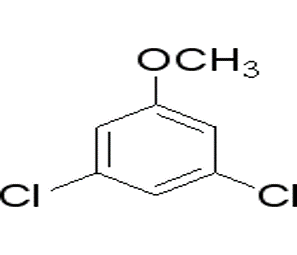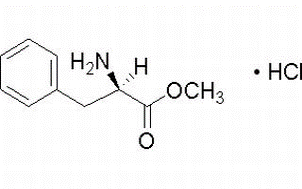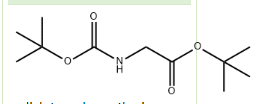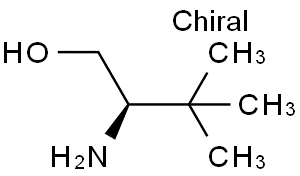FMOC-Ala-OH(CAS# 35661-39-3)
| Hazard Symbols | Xi – Irritant |
| Risk Codes | 36/37/38 – Irritating to eyes, respiratory system and skin. |
| Safety Description | S24/25 – Avoid contact with skin and eyes. S36/37/39 – Wear suitable protective clothing, gloves and eye/face protection. S27 – Take off immediately all contaminated clothing. S26 – In case of contact with eyes, rinse immediately with plenty of water and seek medical advice. |
| WGK Germany | 3 |
| HS Code | 29242990 |
| Hazard Class | IRRITANT |
Introduction
FMOC-L-alanine is an organic compound with the following properties:
Appearance: FMOC-L-alanine is a white crystal or crystalline powder.
Solubility: FMOC-L-alanine is more soluble in organic solvents such as dimethyl sulfoxide (DMSO), but less soluble in water.
Chemical Properties: FMOC-L-alanine is a protective amino acid that can play a protective role in the synthesis of peptide chains. It can chemically react with other compounds through the Michael addition reaction.
Use of FMOC-L-alanine:
Biochemical research: FMOC-L-alanine is commonly used in peptide synthesis and quantitative protein research.
Preparation method: The preparation method of FMOC-L-alanine is complex, and it is generally carried out by organic synthesis method. The specific preparation method can be found in the relevant synthesis literature.
Appropriate protective equipment such as lab gloves and safety glasses should be worn when using or handling FMOC-L-alanine. Avoid inhaling dust or direct contact with the skin. When used in the laboratory, proper laboratory protocols and waste disposal methods should be followed.


